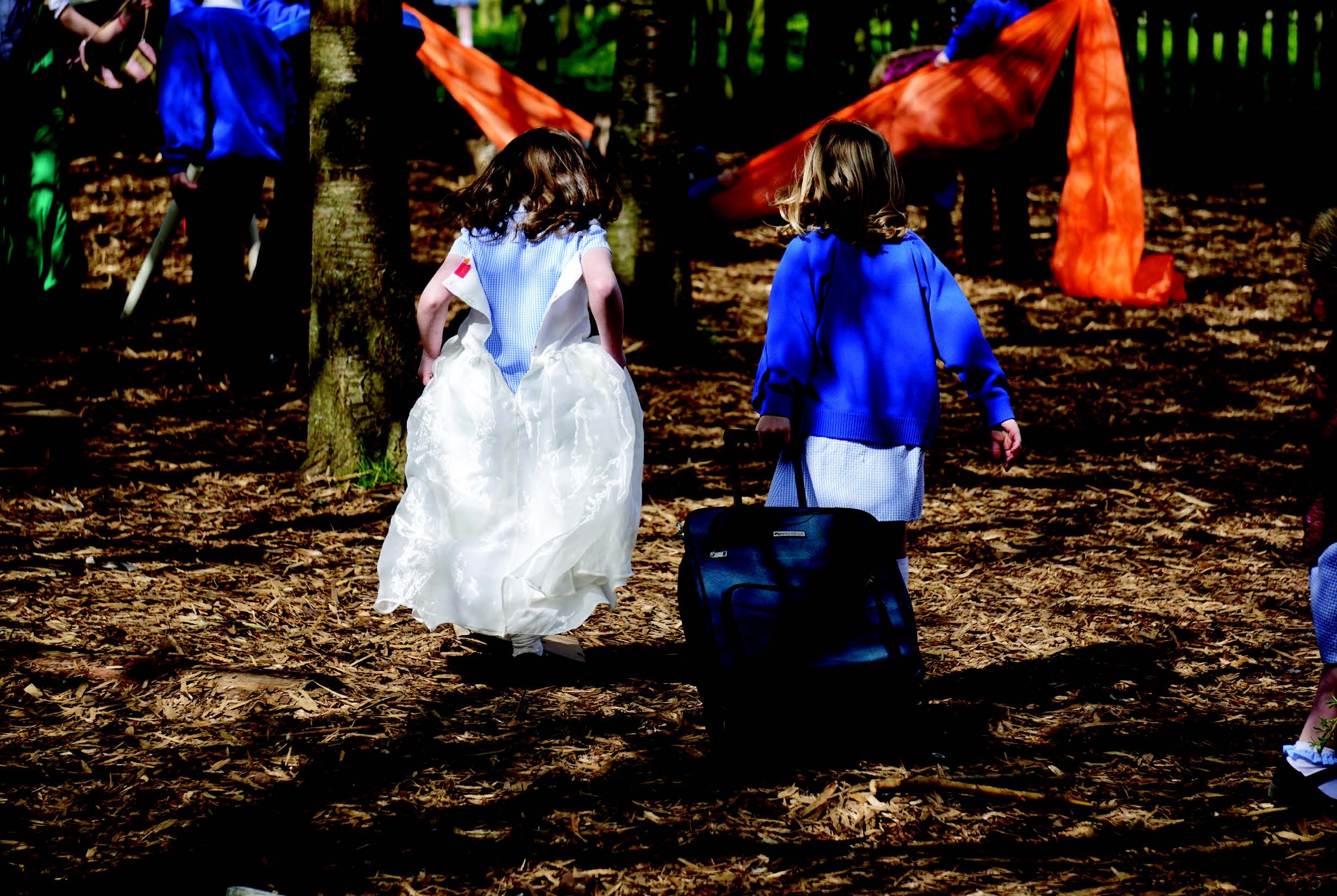
The answer depends on what you think primary schools are for, says Michael Follett, author of Creating Excellence in Primary School Playtimes, and director of Outdoor Play and Learning.
I am probably the most highly paid welly boot consultant in the county. In my work as a specialist in supporting schools to improve the quality of play for their children, I probably spend more time talking about welly boots than anything else - because it turns out to be the single most cost-effective way for schools to get value from an existing but hugely underused and undervalued asset.
I established OPAL Outdoor Play and Learning in 2011, after spending six years as the only local government school improvement adviser whose job was to improve school standards through improving play for primary children.
The OPAL Primary Programme was the outcome of my six years of action research in over 70 per cent of the primary schools in South Gloucestershire - and founded on bringing together my knowledge and experience from past work as a playworker, primary teacher, strategic policy officer and school improvement adviser.
What do schools say the aim of school grounds are?
One of our approaches is to ask schools what are school grounds for? It sounds like a simple enough question but seems to be rarely considered.
Common priorities are:
These are all uses but should they be the main guiding priorities?
Changing practice in schools is not easy. Our research suggests the average primary school in the UK uses it's grounds for between eight-15 per cent of school days, and also many children are stopped from accessing much of the grounds. A typical child will probably only be allowed to access 20-30 per cent of available space.
So what should the purposes of schools be?
Whole-child development
The purpose of a primary school should be to promote whole-child development. A place that understands what growing minds and bodies need in order to flourish and constantly seeks to provide for those needs.
Every decision should be framed by the questions: what do children need from their time here and how can we use the resources we have to ensure each child develops to the best of their potential while they are here?
Learning by experience
There is increasing evidence that being outdoors is not just optional for children’s wellbeing it is essential for:
The primary years are the most important in the development of a child’s mind and body and much of what children need in order to develop cannot be taught by teachers, however good they are. It needs to be taught by experience. You don’t learn to walk in walking lessons or balance in balancing lessons; you do it by doing it. When children are outside they are in the environment most suited to learn all the things that cannot be taught and the main process for this to happen is play.
The PARK principles in the OPAL programme
These are absolutely essential if the outside spaces are to be effectively used.
This stands for:
Typical examples of grounds maintained without PARK principles are that schools:
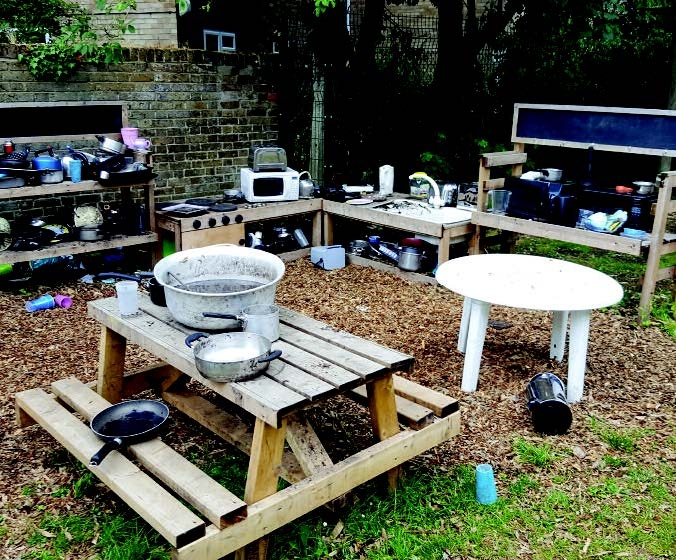
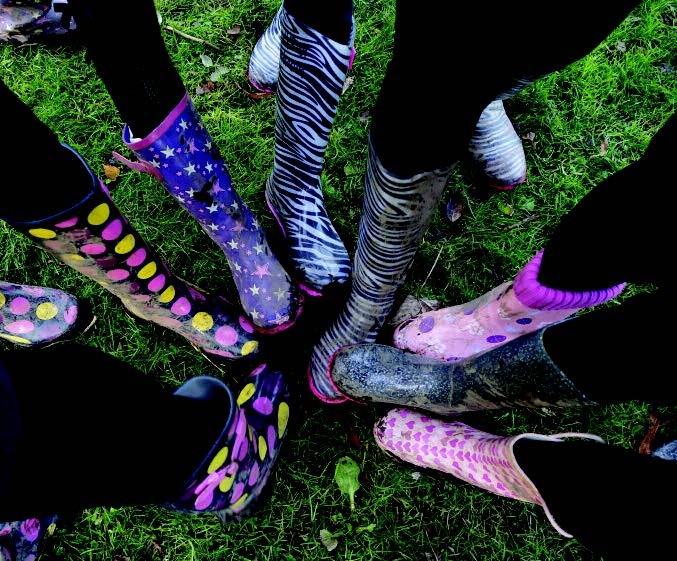
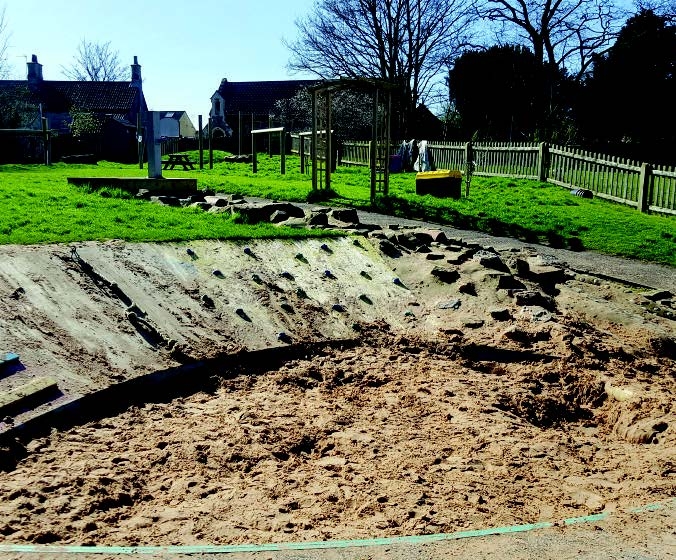
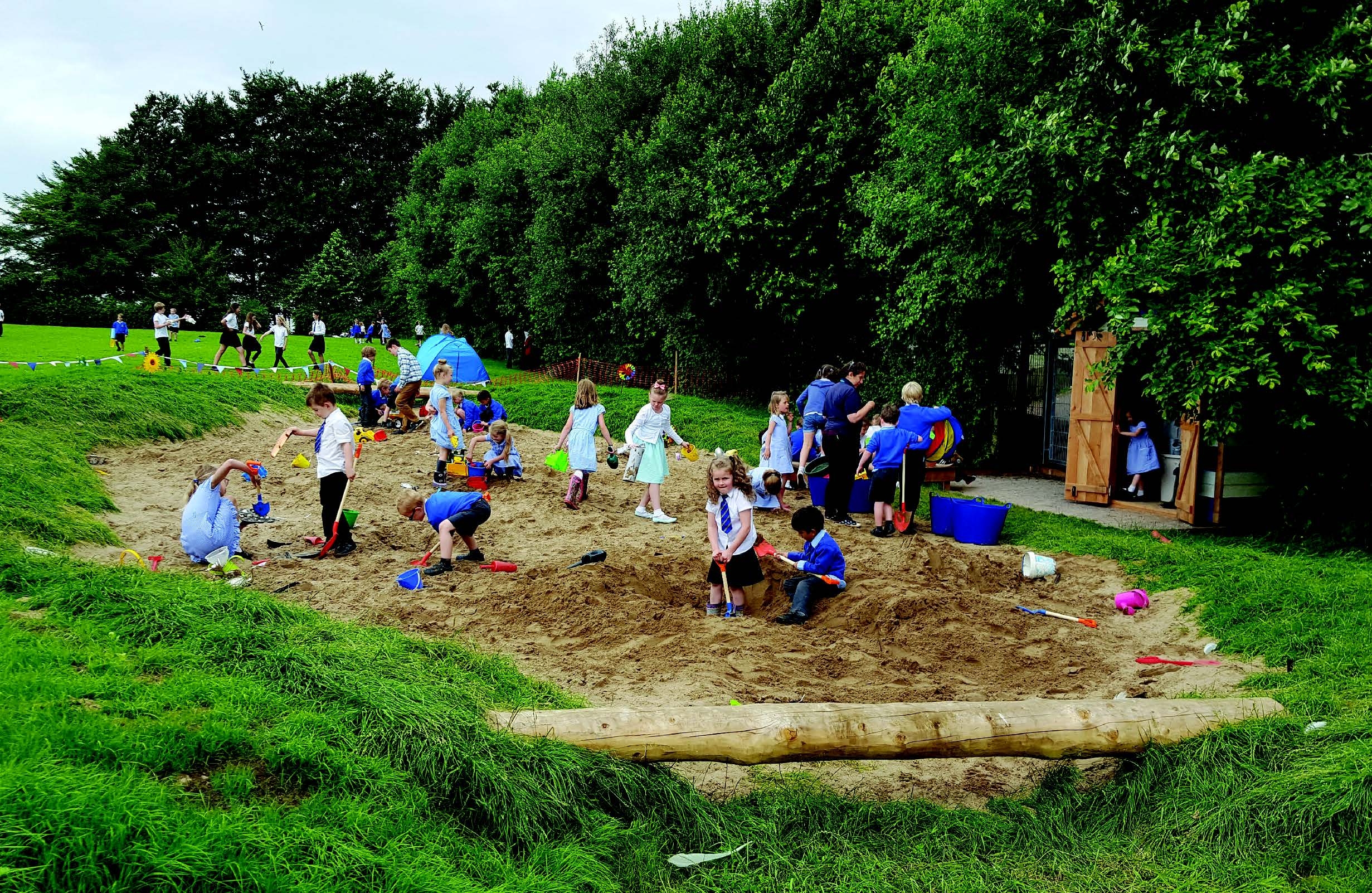
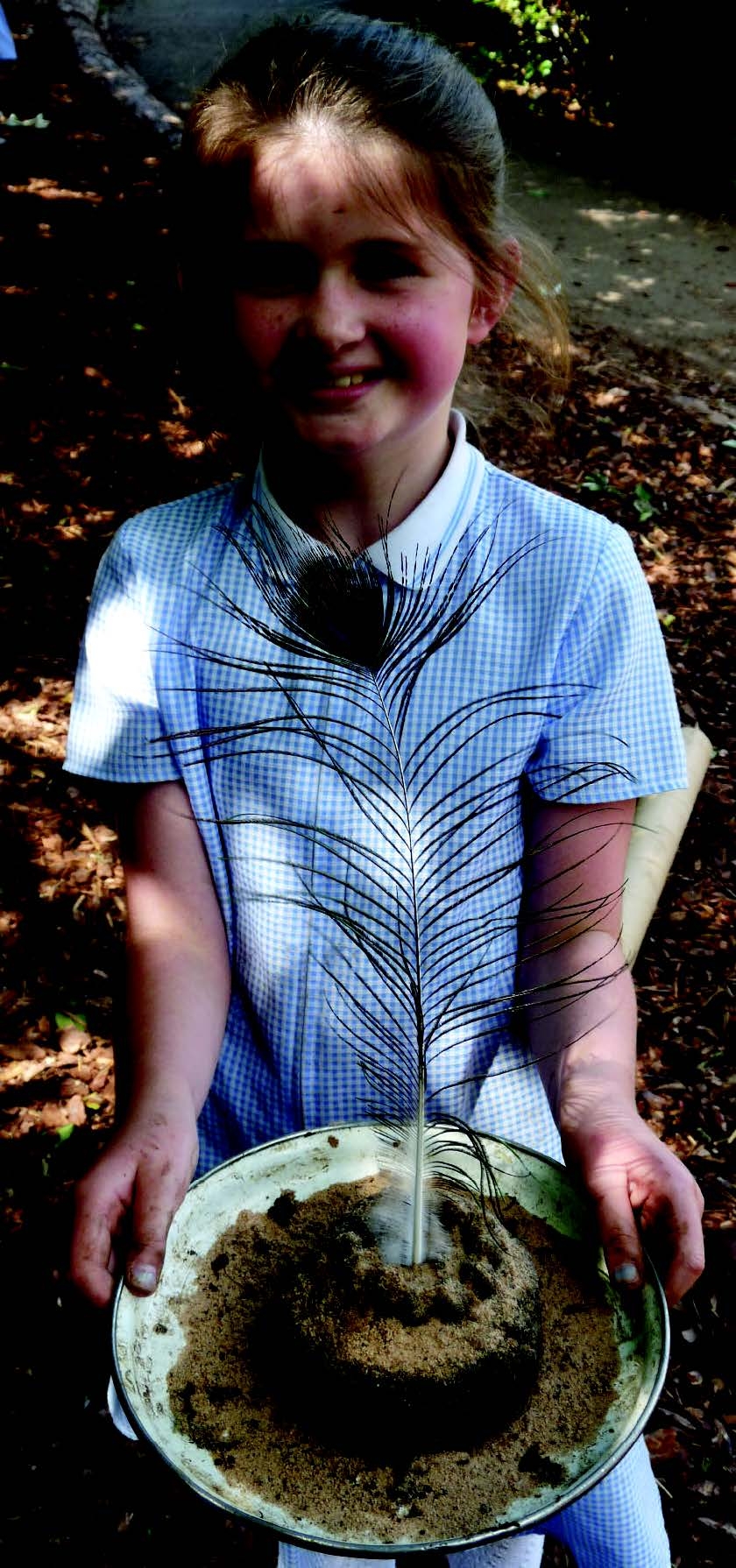
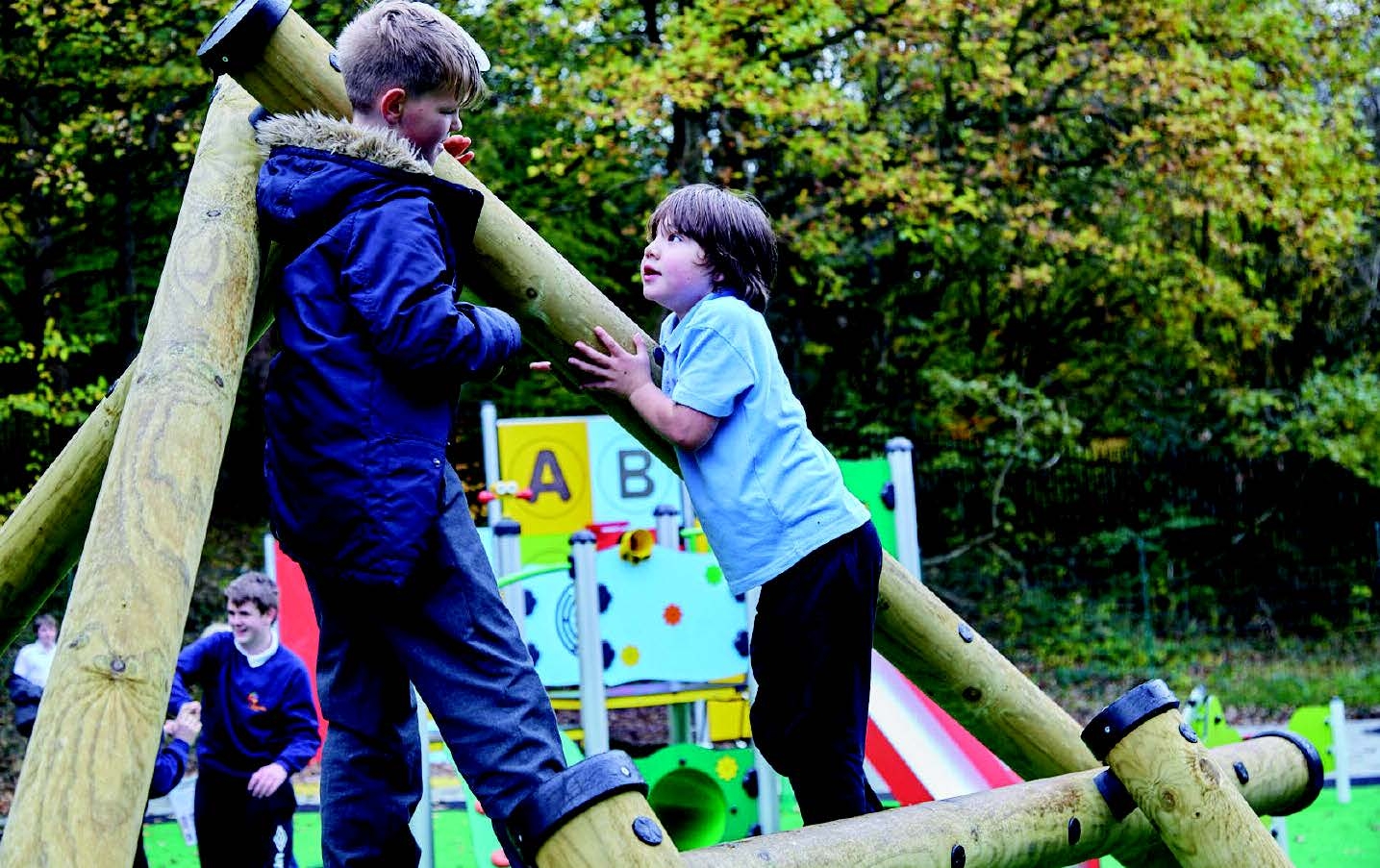
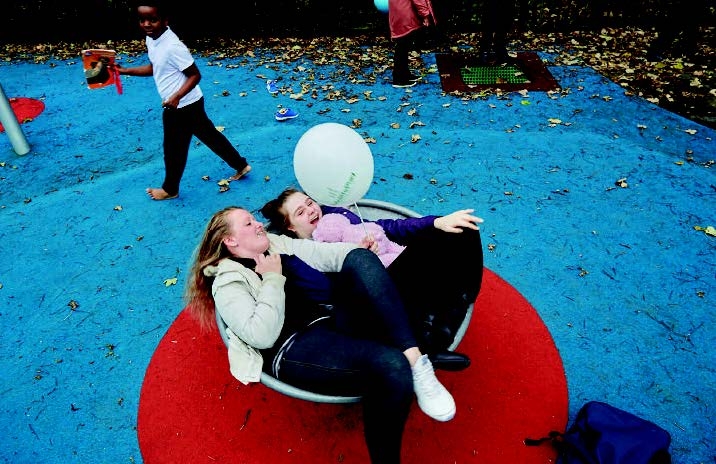
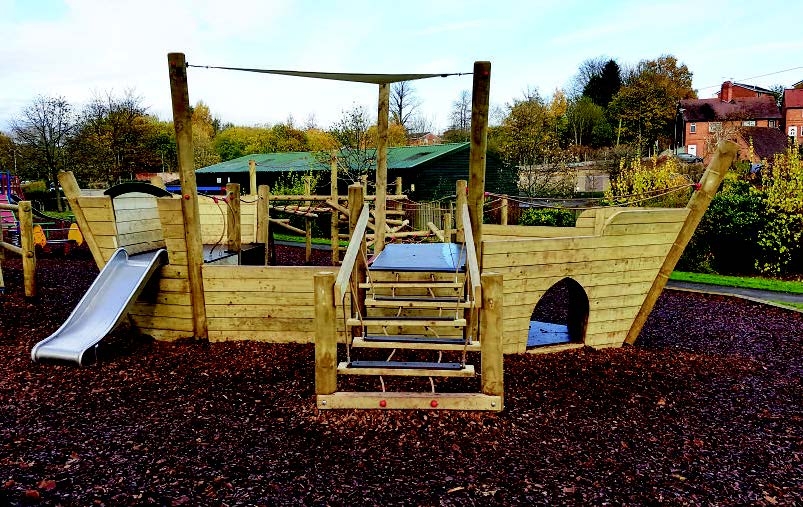
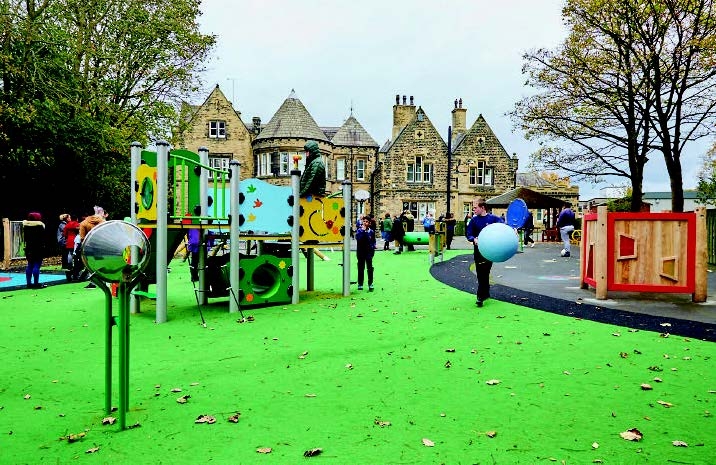
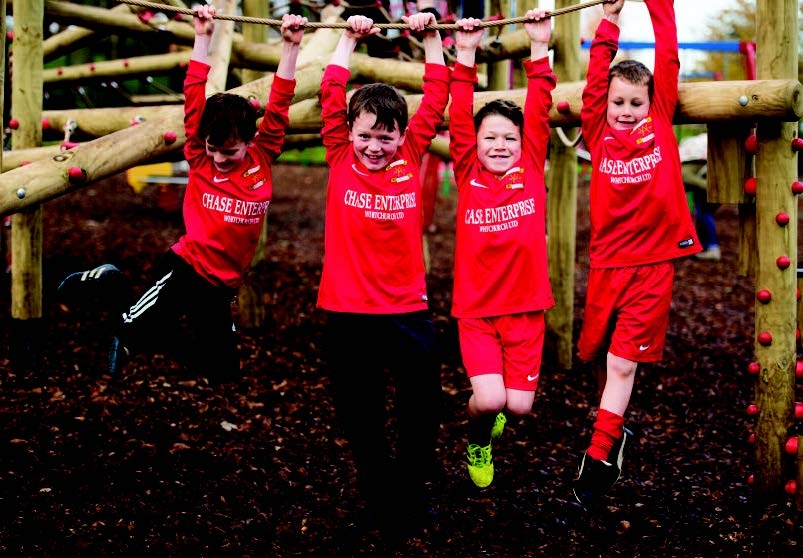
Supporting change through the Opal programme
I have been working on supporting change in primary schools for nearly 20 years and have trialled my work in more than 300 schools across the UK plus schools in Canada, New Zealand and Australia. The OPAL Primary programme is the result. It takes the form of series of planning and development meetings spread over 18 months addressing every aspect of how to improve the quality of the landscape, resources, maintenance and staffing in relation to making the grounds more fit for purpose.
In most schools we have seen the activity levels of traditionally non-active children increase hugely. Schools report 100 per cent of girls are more active, as are children with special needs, non-sporty and creative children and children on the autistic spectrum.
The desire and ability to play – the key motivator of activity
Unlike most activity programmes we do not try and get children who do not like sport to do more sport. This approach has been proven to make sporty children more sporty but totally by-passes other children. If we focus on supporting the one process every child in the world is born with – the desire and ability to play - and if we create an environment and a landscape and a culture that understands, values and improves the opportunities to play then children unconsciously become engaged and active.
In summary – start with wellies!
In answer to the question at the start of the article, my experience of hundreds of primary schools is that most do not have an ambitious vision of purpose and so provide a basic and largely under accessed environment. My advice – start with a pair of welly boots for every child!
CASE STUDIES
Dream destination for local youngsters at Jubilee Park
Creative Play was tasked with creating a dream destination designed to challenge youngsters’ physical, motor and social skills at an extension to a play area in Jubilee Park in Whitchurch.
Located near an old canal site, the community was keen that some sort of boat was included in the design. Creative Play designed and manufactured a range of play equipment for the £28,000 facility. Made from natural timber, the play space is in keeping with its surrounding and includes a pirate ship with a slide, climbing nets and tunnels as well as a basket swing, which is suitable for children with limited mobility.
New sensory play area for autistic children
A new sensory and physical development play area has been installed at Woodley School and College in Huddersfield. Working with Sutcliffe Play a space was designed to specifically meet the needs of children with autism.
The £150,000 play area features zoned spaces with no physical boundary lines comprising:
Mums’ successful campaign for play space
Four mums from Bourne in Lincolnshire have helped to secure a new play area at Wellhead Park, which has opened after three years of campaigning.
Anna Rogers, Lisa Copestake, Paula Brett and Claire Carter, established Bourne2Play and raised £135,000 through charity events, grants and community projects to overhaul the tired and outdated play provision in the park.
Bourne2Play approached eibe Play for a more natural-looking timber rather than the brightly coloured garish metal they were used to. Working to that brief, and with support from South Kesteven District Council, the eibe design team created a unique play space which draws on the history of the site and Bourne Castle in particular, which was destroyed in the mid-17th century.
A bespoke castle-themed unit was subsequently built accompanied by supporting turrets, with a host of other equipment surrounding it. The £110,000 scheme incorporates a quad Nest Swing, Stand-up Seesaw, Winja unit and Satellite Carousel.